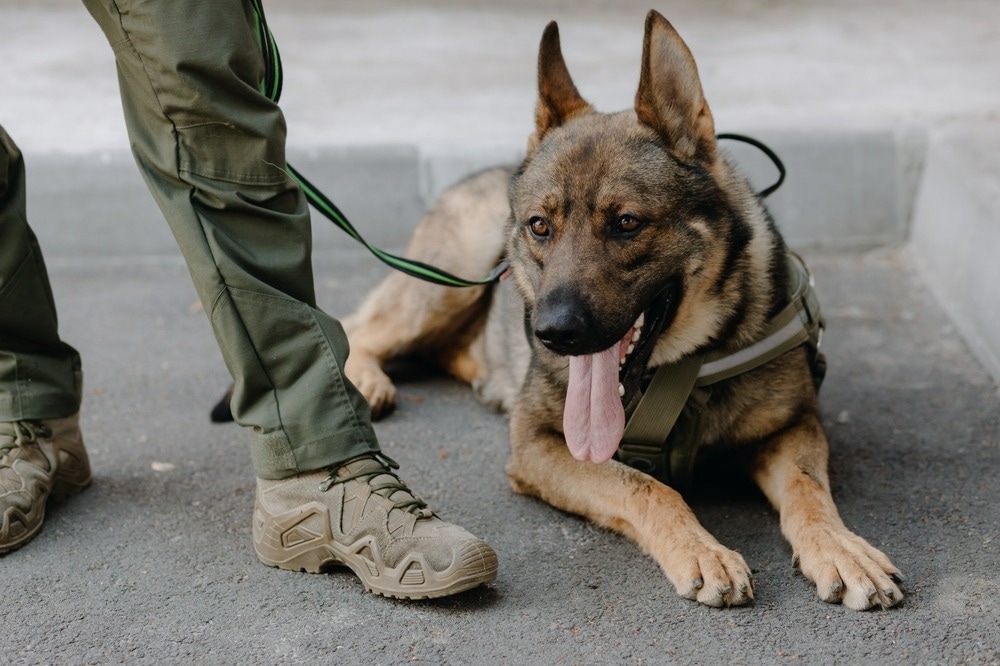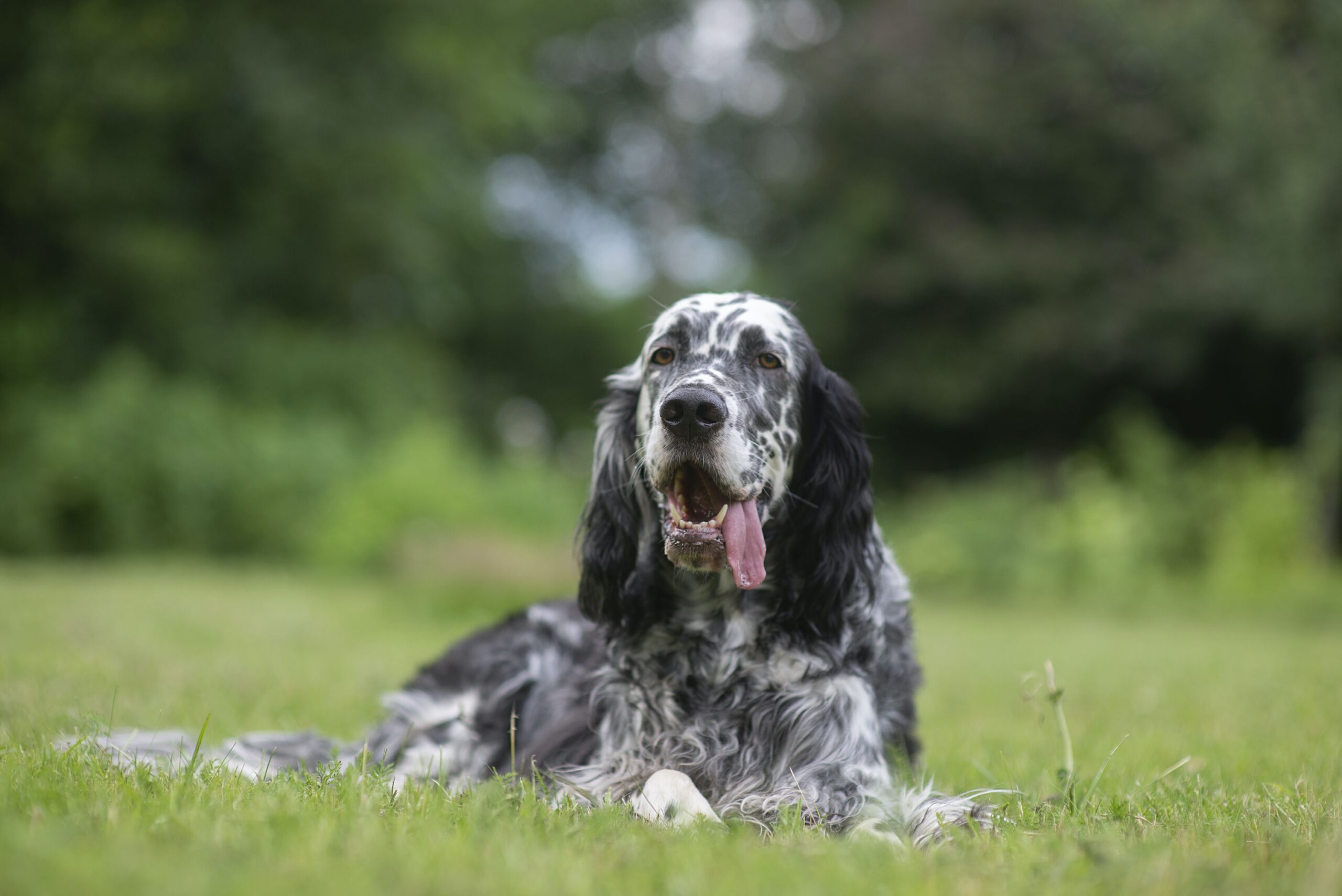Neuroimaging research reveals anxious canines have completely different brains to regular canines
Canine possession is lots of furry companionship, tail wags and chasing balls, and ample unconditional love. Nonetheless, some canine house owners are additionally managing canine friends fighting psychological sickness.
A newly printed research in PLOS ONE has examined the mind scans of anxious and non-anxious canines, and correlated them with behaviour. The analysis workforce at Ghent College, Belgium, discovered that our anxious canine associates not solely have measurable variations of their brains linked to their anxiousness, however these variations are just like these present in people with anxiousness problems as properly.
Anxious associates
Anxiousness problems in people are various and may be categorised into a number of foremost sorts. Total, they characterize excessive ranges of worry, emotional sensitivity and unfavorable expectations. These problems may be troublesome to stay with and generally troublesome to deal with, partially resulting from how various and sophisticated anxiousness is.
Researching anxiousness in animals may help us to grasp what drives it, and to enhance remedy for each people and animals. The brand new research sought to analyze attainable pathways within the mind which can be related to anxiousness in canines. Understanding this might each enhance remedy for anxiousness in veterinary drugs, and reveal similarities with what we all know of human anxiousness.
Canines with and with out anxiousness have been recruited for purposeful magnetic resonance imaging (fMRI) scans of their brains. Canines have been concerned in awake fMRI research earlier than, however for this one, with canines that may get simply wired, the canines have been beneath common anaesthesia.
Homeowners of the canines additionally crammed out surveys on their pets’ behaviour. The researchers carried out information evaluation and modelling of mind operate, specializing in areas of the mind more likely to present variations associated to anxiousness. Based mostly on earlier analysis on animal and human anxiousness, the workforce dubbed these mind areas the “anxiousness circuit”.
They then analysed whether or not there have been variations between the mind operate of anxious and non-anxious canines, and if these variations really associated to anxious behaviours.
Completely different brains
The researchers discovered there have been certainly vital variations between anxious and non-anxious canines. The principle variations have been within the communication pathways and connection energy throughout the “anxiousness circuit”. These variations have been linked with larger scores for explicit behaviours within the surveys as properly.
For instance, anxious canines had amygdalas (an space of the mind related to the processing of worry) that have been significantly environment friendly, suggesting lots of expertise with worry. (That is just like findings from human research.) Certainly, within the behaviour surveys, house owners of anxious canines famous elevated worry of unfamiliar folks and canines.
The researchers additionally discovered much less environment friendly connections in anxious canines between two areas of the mind vital for studying and knowledge processing. This will likely assist clarify why the house owners of the anxious canines within the research reported decrease trainability for his or her canine.
A troublesome time
Brains are exquisitely complicated organic computer systems, and our understanding of them is way from complete. As such, this research must be interpreted cautiously.
The pattern dimension was not massive or various sufficient to characterize the complete canine inhabitants, and the way in which the canines have been raised, housed, and cared for may have had an impact. Moreover, they weren’t awake through the scans, and that additionally could have influenced a few of the outcomes.
Nonetheless, the research does present sturdy proof for measurable variations in the way in which anxious canine brains are wired, in comparison with non-anxious canines. This analysis can’t inform us whether or not adjustments within the mind triggered the anxiousness or the opposite manner round, however anxiousness in canines is actually actual.
It’s within the pursuits of our anxious finest associates that we admire they might be affected by a mind that processes the whole lot round them in another way to “regular” canines. This will likely make it troublesome for them to be taught to alter their behaviour, they usually could also be excessively fearful or simply aroused.
Fortunately, these signs may be handled with treatment. Analysis like this might result in extra finessed use of treatment in anxious canines, to allow them to stay happier and higher adjusted lives.
If in case you have a canine you assume is likely to be anxious, it is best to communicate to a veterinarian with particular coaching in behaviour.
This text is republished from The Dialog beneath a Artistic Commons license. Learn the unique article.


